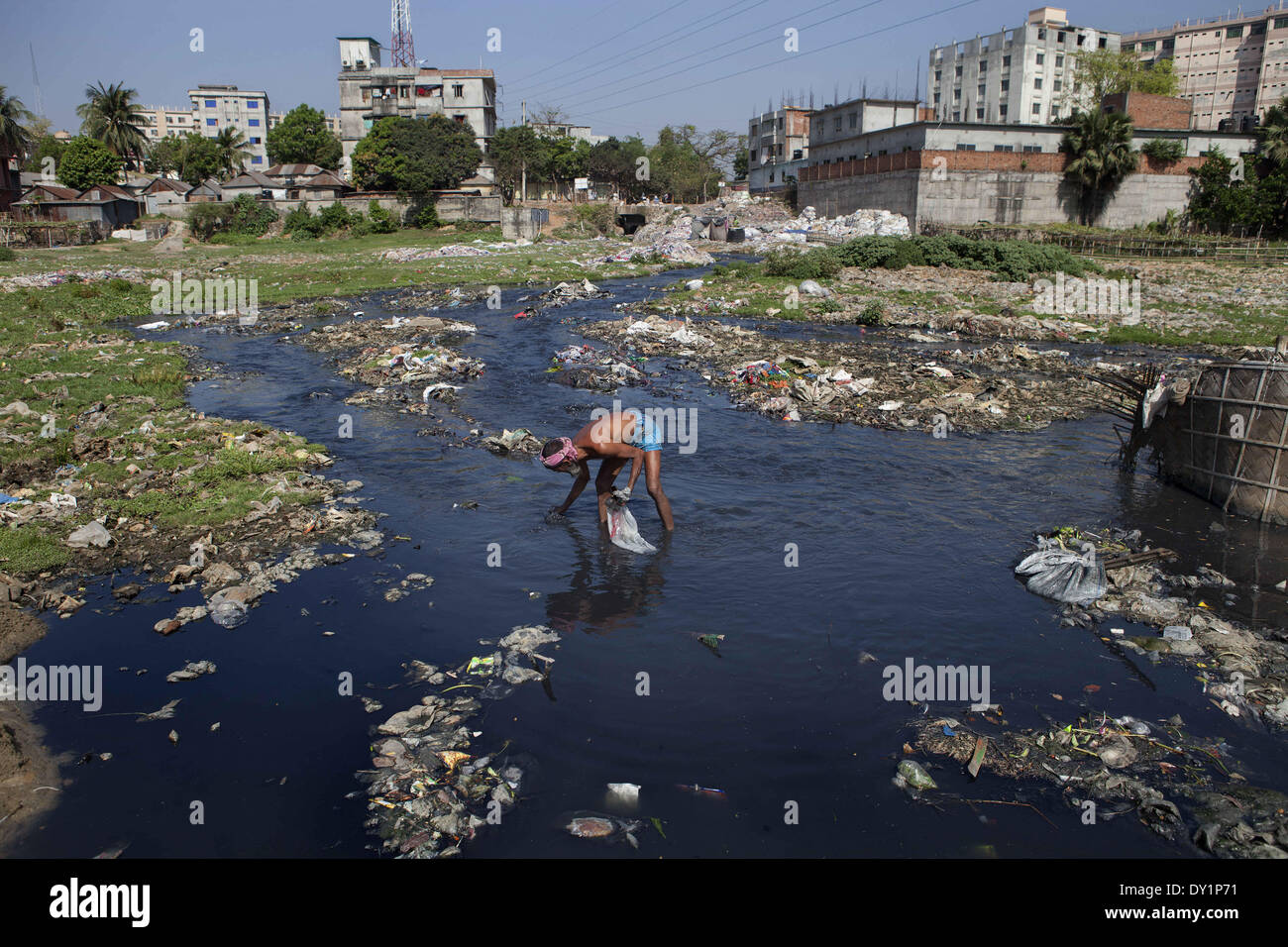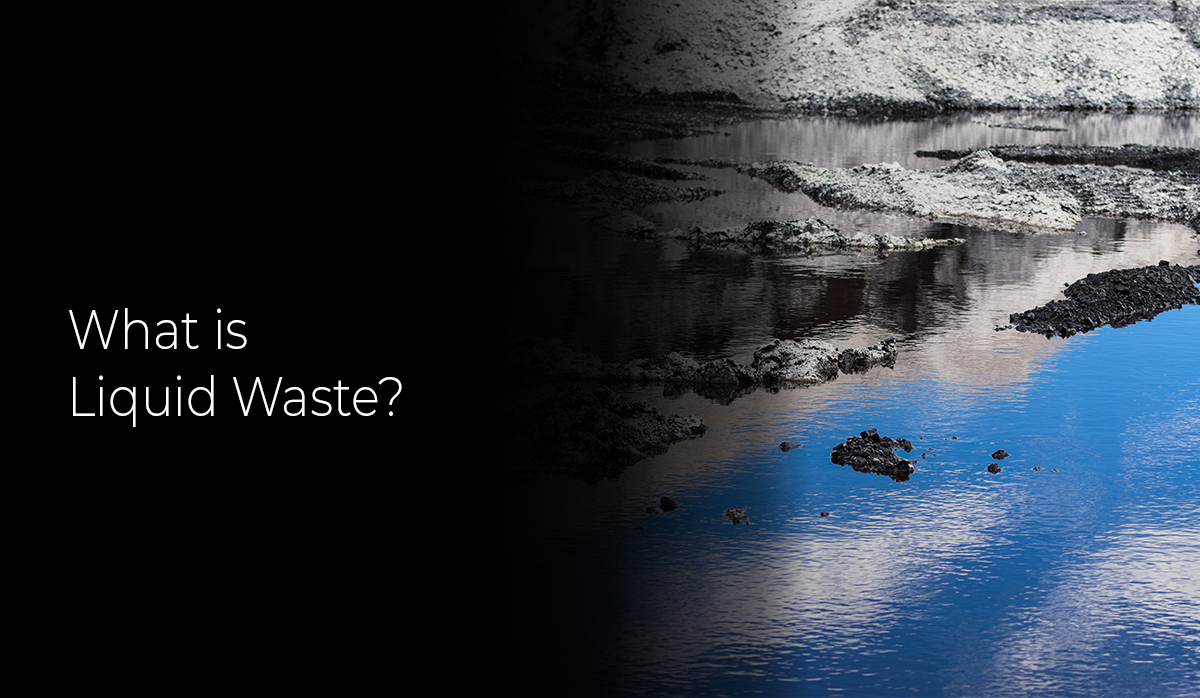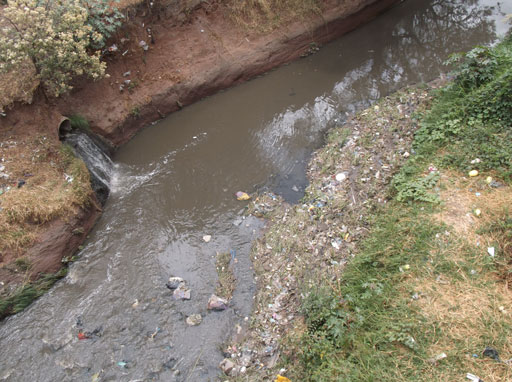Cutting-edge Industrial Wastewater Treatment Solutions: Protecting the Environment
Cutting-edge Industrial Wastewater Treatment Solutions: Protecting the Environment
Blog Article
How Fluid Garbage Disposal Works: A Thorough Summary of Methods and Technologies Utilized

Overview of Liquid Waste Types
The complexity of liquid waste types necessitates an extensive understanding of their attributes and ramifications for disposal. Fluid waste can generally be categorized right into numerous types, consisting of industrial, municipal, agricultural, and dangerous waste. Each category exhibits distinctive residential or commercial properties, needing particular management strategies to minimize ecological and health and wellness dangers.
Industrial liquid waste stems from making processes and frequently contains a series of impurities, such as heavy metals, solvents, and natural compounds. Municipal fluid waste, mostly comprising wastewater from households and business establishments, contains natural matter, nutrients, and pathogens (industrial wastewater treatment). Agricultural fluid waste, including overflow from farms, might consist of fertilizers, chemicals, and animal waste, posturing dangers to water quality and ecological communities
Dangerous fluid waste is defined by its poisoning, reactivity, or potential to trigger harm. Recognizing these diverse liquid waste types is crucial for developing effective disposal techniques and making certain compliance with environmental guidelines.
Physical Therapy Approaches

Screening is the initial action, where bigger fragments and debris are removed from the fluid waste using screens or grates. This procedure safeguards downstream equipment from damage and makes sure smoother operation. Complying with screening, sedimentation utilizes gravitational pressure to separate solids from fluids. In sedimentation containers, much heavier bits work out at the bottom, creating a sludge layer, while the made clear liquid can be further dealt with.
Purification is one more important method that entails passing the liquid via porous materials, such as sand or membrane layers, to catch smaller sized bits. This step boosts the quality of the fluid, making it appropriate for succeeding treatment processes.

Chemical Treatment Techniques
Chemical therapy techniques are crucial for successfully managing fluid waste, particularly in resolving dissolved and colloidal contaminants that physical techniques might not effectively remove. These strategies utilize different chemical representatives to neutralize, speed up, or change dangerous materials into less unsafe forms.
One typical approach is coagulation and flocculation, where chemicals such as alum or ferric chloride are contributed to advertise the gathering of suspended particles. This procedure improves sedimentation, permitting simpler elimination of the resulting sludge. Additionally, look these up oxidation processes, using agents like chlorine or ozone, are employed to break down complicated natural compounds and pathogens, making the waste much safer for discharge or more treatment.
Neutralization is another vital strategy, which adjusts the pH of acidic or alkaline waste streams to neutral levels, avoiding prospective damage to downstream systems and the setting. In addition, advanced oxidation processes (AOPs) utilize combinations of oxidants and ultraviolet light to deteriorate consistent contaminants, accomplishing a greater degree of therapy performance.
Organic Therapy Procedures
Organic therapy procedures play a critical duty in the monitoring of fluid waste by making use of bacteria to decompose natural issue and decrease pollutant degrees. These procedures can be extensively categorized into aerobic and anaerobic therapies, each using details microbial areas to accomplish efficient waste deterioration.
Cardiovascular treatment involves using oxygen to promote the malfunction of organic materials by bacteria. This procedure is frequently carried out in triggered sludge systems, where aeration containers supply a favorable environment for microbial development, bring about the oxidation of natural pollutants. The resultant biomass can be divided from dealt with effluent through sedimentation.
On the other hand, anaerobic therapy happens in the absence of oxygen, relying upon different bacteria to damage down raw material. This technique is especially advantageous for high-strength waste, as it creates biogas, a sustainable power resource, while reducing look at here sludge manufacturing. Technologies such as anaerobic digesters are often used in local and commercial applications.
Both aerobic and anaerobic biological therapies not only decrease the environmental influence of liquid waste yet likewise promote resource recuperation, making them necessary components of lasting waste management methods. Their effectiveness, effectiveness, and adaptability sustain their widespread application throughout numerous industries.
Arising Technologies in Disposal
Cutting-edge approaches to liquid waste disposal are quickly advancing, driven by developments in modern technology and an increasing emphasis on sustainability. Among these arising modern technologies, membrane layer bioreactors (MBRs) have acquired traction for their capability to integrate organic therapy with membrane layer purification, resulting in premium effluent that can be recycled in different applications. MBRs make it possible for smaller sized impacts and extra efficient operations contrasted to conventional systems.
One more appealing advancement is the usage of anaerobic food digestion incorporated with nutrient recuperation modern technologies, which not just deals with fluid waste however likewise produces biogas and recuperates important nutrients like nitrogen and phosphorus. This double benefit enhances resource efficiency and reduces ecological influence.
In addition, progressed oxidation processes (AOPs) are being embraced for the degradation of complex natural toxins. These approaches use powerful oxidants and catalysts to damage down impurities at the molecular level, supplying a highly effective remedy for tough waste streams.
Additionally, the combination of synthetic intelligence and equipment understanding in waste administration systems is enhancing operational performance and predictive upkeep, causing decreased costs pop over to this web-site and boosted environmental compliance. These modern technologies show a significant change towards more lasting and efficient liquid garbage disposal methods.
Conclusion
Finally, efficient liquid garbage disposal requires a comprehensive understanding of numerous techniques and technologies. The integration of physical, chemical, and biological treatment methods guarantees the reliable monitoring of varied waste kinds. Additionally, the appearance of ingenious innovations enhances treatment efficiency and promotes sustainability in waste monitoring practices. By constantly advancing these approaches, it comes to be possible to attend to the expanding challenges linked with liquid waste, eventually adding to environmental management and source recuperation.
Liquid waste disposal is a critical aspect of environmental monitoring, needing a comprehensive understanding of various techniques and modern technologies customized to various waste kinds. Fluid waste can extensively be classified right into a number of kinds, consisting of commercial, local, farming, and harmful waste. Agricultural fluid waste, consisting of overflow from farms, may consist of plant foods, pesticides, and animal waste, positioning risks to water quality and communities.
Different physical treatment methods play a crucial role in managing fluid waste properly - industrial wastewater treatment.In verdict, reliable liquid waste disposal requires an extensive understanding of various strategies and modern technologies
Report this page